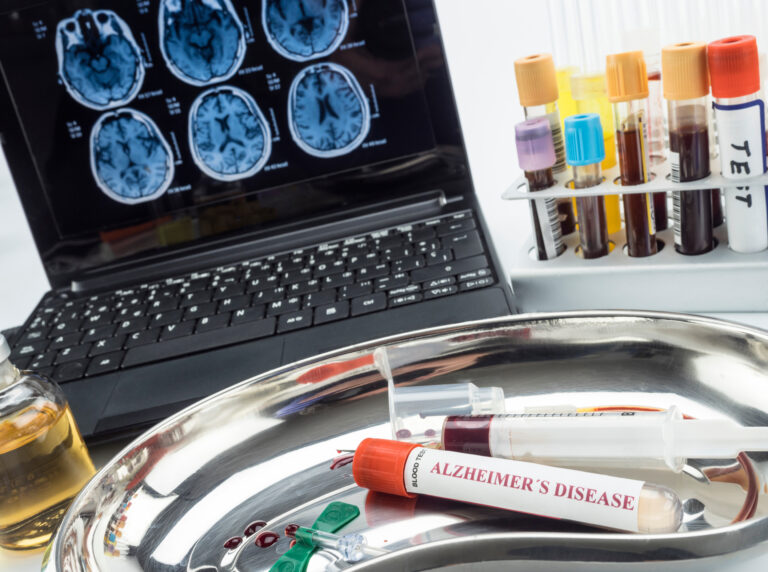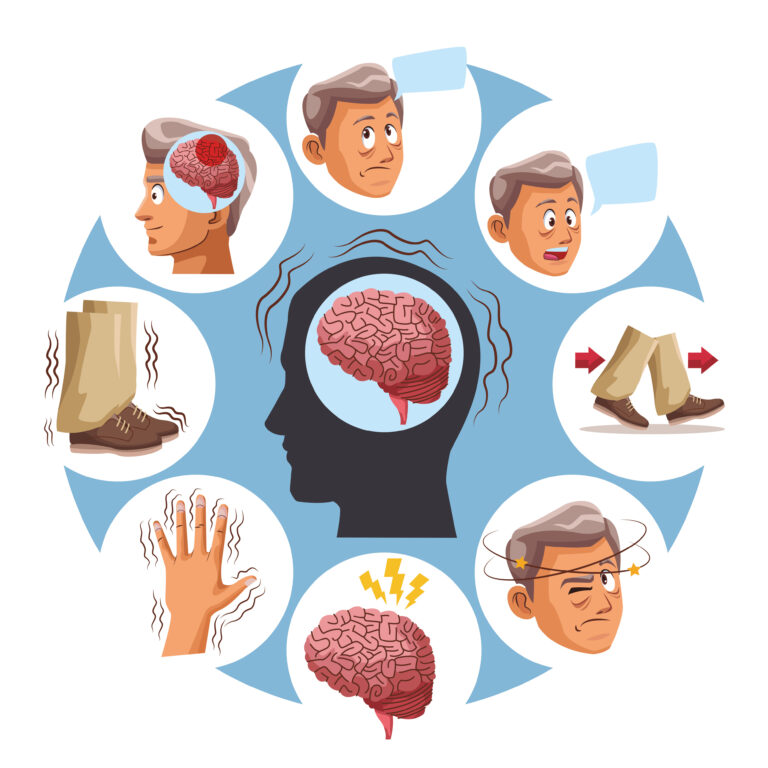**Scientific Advances in Alzheimer’s: The Role of Neural Stem Cells**
Alzheimer’s disease is a complex condition that affects the brain, causing memory loss and cognitive decline. While there is no cure yet, scientists are making significant strides in understanding the disease and finding new treatments. One promising area of research is the use of neural stem cells to repair damaged brain tissue.
### What Are Neural Stem Cells?
Neural stem cells are special cells in the brain that have the ability to develop into different types of brain cells, such as neurons and glial cells. These cells can help repair damaged areas of the brain and potentially slow down the progression of Alzheimer’s disease.
### How Do Neural Stem Cells Help in Alzheimer’s?
Research has shown that neural stem cells can help in several ways:
1. **Repairing Damaged Brain Tissue**: Neural stem cells can differentiate into new neurons, which can replace damaged or lost brain cells. This process is called neurogenesis, and it helps to restore the brain’s ability to function properly[1].
2. **Reducing Inflammation**: Neural stem cells have anti-inflammatory properties, which can help reduce the chronic inflammation associated with Alzheimer’s disease. This inflammation can damage brain cells and contribute to the progression of the disease[1].
3. **Improving Cognitive Function**: By replenishing damaged neuronal connections and reducing amyloid plaques in the brain, neural stem cells can improve cognitive function in patients with Alzheimer’s. This is achieved through the secretion of trophic and neurite-promoting factors that support remaining healthy host neurons[1].
### Other Scientific Advances in Alzheimer’s Research
While neural stem cells are a promising area of research, other scientific advances are also being explored:
1. **Regulatory T Cells**: Scientists at Harvard Medical School have discovered a unique population of regulatory T cells (Tregs) in the brain that play a crucial role in safeguarding memory formation and brain health. These Tregs control access to the inner regions of the brain and ensure the proper renewal of nerve cells, which could help in preventing or mitigating neurodegenerative diseases like Alzheimer’s[2].
2. **Biomarkers for Early Detection**: Researchers are working on developing biomarkers to predict early Alzheimer’s disease. These biomarkers, such as amyloid beta and tau proteins, can help identify patients at risk and monitor the progression of the disease. Studies have shown that these biomarkers can be used to predict brain amyloidosis with high accuracy, which is a key indicator of Alzheimer’s disease[3].
3. **Cell Transplantation**: Another area of research involves transplanting cells into the brain to repair damaged areas. Studies have shown that transplanted cells, including mesenchymal stem cells, bone marrow stem cells, and neural stem cells, can rescue damaged cholinergic neurons and prevent the progressive loss of neurons. This approach has shown promise in improving spatial learning and reducing oxidative stress injuries in animal models of Alzheimer’s disease[4].
### Conclusion
The scientific community is making significant strides in understanding and treating Alzheimer’s disease. Neural stem cells, with their ability to repair and replace damaged brain cells, are a promising area of research. Additionally, the discovery of regulatory T cells and the development of biomarkers for early detection are providing new avenues for diagnosis and treatment. While there is still much to be learned, these advances offer hope for more effective treatments that could potentially restore lost cognitive function in Alzheimer’s patients.





